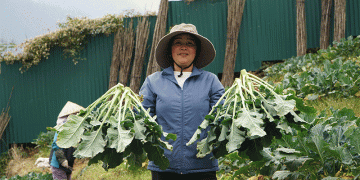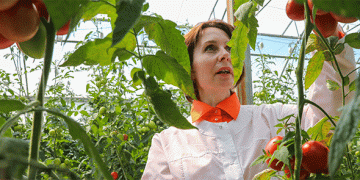As one of Europe’s major agricultural powerhouses, Spain’s import trends often provide a window into shifting consumption patterns and market pressures. In 2024, the country recorded a 5% increase in volume and an 11% rise in value of fresh fruit and vegetable imports during the first nine months of the year, totaling 3.2 million tons and €3.64 billion, according to data from the Spanish Federation of Fruit, Vegetable, Flower, and Live Plant Producers Exporters (FEPEX).
Vegetable Imports Drive Growth
Vegetable imports were the standout segment, growing 16% in volume and 18% in value, contributing 1.5 million tons and €1.156 billion to the total import figures.
- Potatoes: The largest contributor, with imports rising 20% in quantity to 924,733 tons and 26% in value to €420 million.
- Tomatoes: The second most-imported vegetable grew 10% in volume (148,766 tons) and 3% in value (€152 million).
- Onions: Unlike other vegetables, onion imports saw a 14% decline in volume (100,473 tons) and a 19% drop in value (€66 million).
Mixed Trends in Fruit Imports
Fresh fruit imports showed a 4% decline in volume but an 8% increase in value, totaling 1.6 million tons worth €2.483 billion.
- Bananas remained the most-imported fruit.
- Avocados surged to second place, with imports rising 4% in volume (201,288 tons) and 21% in value (€482 million).
- Pineapples and kiwis also showed strong growth:
- Pineapples: 5% increase in quantity (133,808 tons) and 11% rise in value (€117 million).
- Kiwis: 6.5% increase in quantity (122,598 tons) and 22% growth in value (€287 million).
- Oranges and apples: Declined in volume but diverged in value trends:
- Oranges: 11% decrease in quantity (182,027 tons) and 30% drop in value (€109 million).
- Apples: 10.5% decline in volume (139,825 tons) but a 2% increase in value (€145.6 million).
Market Dynamics and Consumer Preferences
Several factors shaped these trends:
- Price Sensitivity: Vegetables like potatoes saw steep value gains due to increased demand, possibly reflecting shifts in consumer preferences and production gaps.
- Premium Fruits: The higher value of imported avocados and kiwis highlights growing demand for premium and tropical fruits in Spanish markets.
- Climate Challenges: Declines in orange and apple volumes may indicate production issues in traditional export regions, leading to pricing volatility.
Spain’s import data for 2024 reflects a nuanced interplay between market demand, seasonal production cycles, and changing consumer preferences. While vegetable imports surged in both quantity and value, fruit imports leaned towards higher value despite reduced volumes. For agricultural stakeholders, these trends suggest opportunities to address supply gaps and capitalize on premium markets, particularly in tropical and high-demand vegetable categories.































